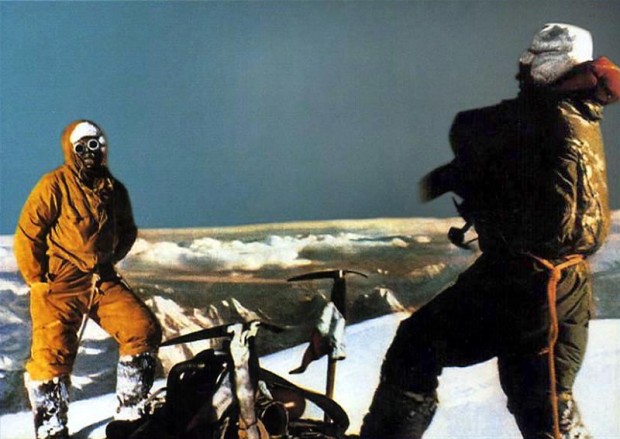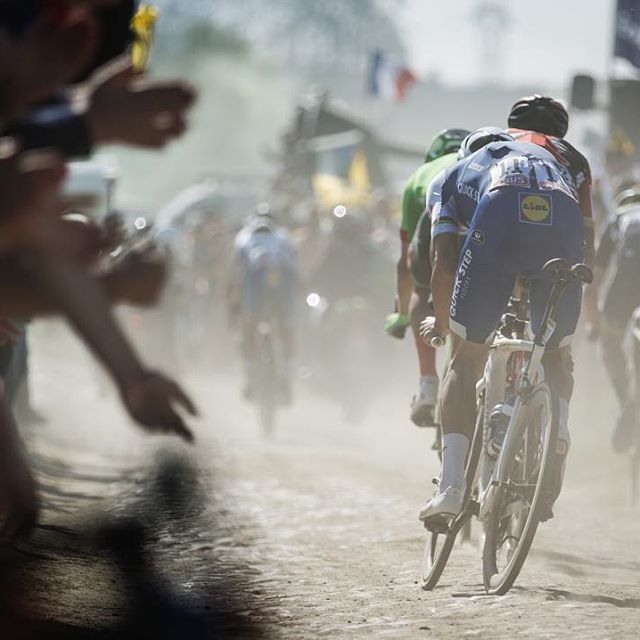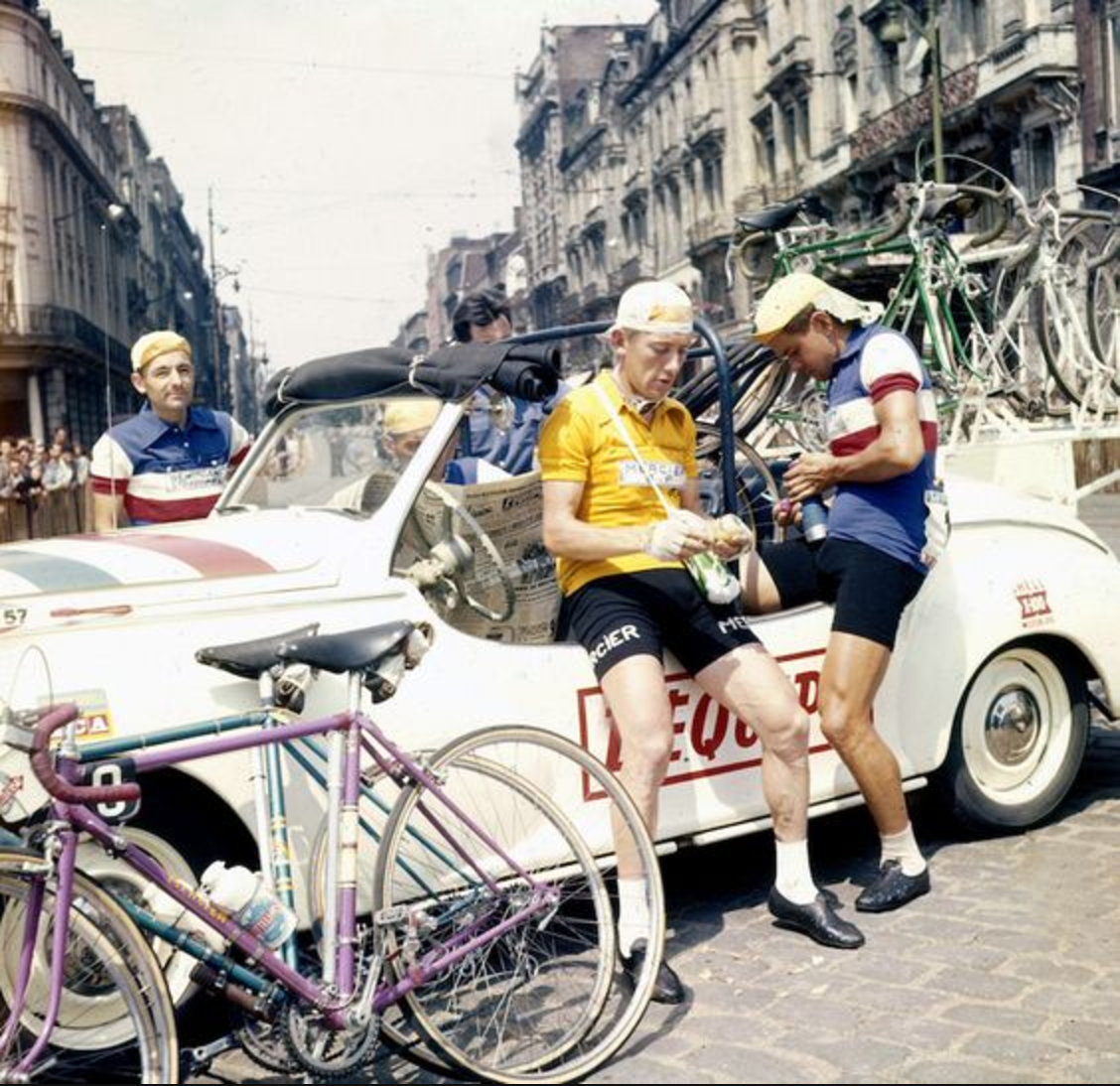Doping: The Acceptability of a Method

Performance-enhancing methods. This is a term we hear so often in cycling; it refers to the practice of using products or processes that elevate your performance beyond what you could naturally do. It is a terribly complicated matter for the fans, and I can only speculate as to how complicated it is for the professionals who do or do not participate in the practice. Doping occupies an indelible place within our sport; faire le métier means “to do your work” in French. In a greater context, it means to conduct yourself as a professional. Within the narrow scope of cycling, faire le métier means to dope. It seems the practice of doping is so deeply embedded in our great sport that the two can hardly be separated.
I recently read K2: Life and Death on the World’s Most Dangerous Mountain, by Seattle mountaineering icon Ed Viesturs. Ed was the first American to summit all fourteen mountains over 8000 meters and only the fifth climber to do so without relying on bottled oxygen. The book focuses specifically on the history of the attempts to summit the world’s second-highest peak and details the circumstances surrounding the various accidents that have resulted in the loss of life during those attempts.
A recurring theme in mountaineering is the effect that being at high altitude has on the body and mind. Being at high altitude has various physiological complications – some of which can be treated, like muscle deterioration and cerebral edema, and some of which that can not, like death. The lack of oxygen to the brain diminishes cognitive capabilities with the unfortunate effect of increasing risk of accidents through making poor decisions in an environment where the margin of error is often already greatly diminished due to external factors. Using bottled oxygen can help alleviate many of these problems; it improves a climber’s health at altitude and improves their ability to reason, reducing the risk of errors made through lapses in judgement. Climbers like Viesturs who are able to summit the highest peaks without using bottled O2 are rare; for most they are impossible to reach without oxygen.
The first successful summit attempt on K2 was made by an Italian team in July of 1954. The circumstances that surrounded that summit bid have fed a fifty-year debate in the climbing community, the salient point of which is that the summit team claimed to have reached the summit without using supplemental oxygen, while photographic and circumstantial evidence suggests that they did.
The controversy sounded a lot like that surrounding doping in cycling and it got me wondering what it is, precisely, about riders using performance-enhancing methods that bother us so. After all, the use of supplemental oxygen amounts to the same thing as does doping: athletes are using an external method to enhance their performance on the world’s highest peaks. “Performance-enhancement” in this case may mean “staying alive”, but never-the-less, being alive does represent a pronounced performance enhancement over being dead and it is the use of an external method that makes the feat possible, or at least more healthy and less risky.
It surprises me that few, if any, in the climbing community consider the use of bottled air to be doping. Debates rage over the purism of it’s use, but those swing wide of labeling the practice as cheating. Looking at the matter objectively reveals little difference between supplementing blood with red-blood cells in order to compete in a three-week bike race and using supplemental oxygen to reach a mountain top. Both techniques utilize an external mechanism to improve the body’s ability to get oxygen to it’s muscles and thereby improve performance. Some doctors have even gone so far as to state that racing a Grand Tour is dangerous for most riders and have justified their involvement in doping practices by claiming that the use of EPO and other drugs make the sport of bike racing more healthy and less risky for the athletes.
There is a void in my brain at the spot where I’m supposed to store the justification for why using EPO and blood transfusions in cycling is labeled as ‘doping’ while the use of supplemental oxygen in mountaineering is not. It appears, however, that in mountaineering we have two conditions that work together to justify the use of the practice: the mountaineers are transparent about whether or not they use supplemental oxygen, and the community largely agrees with the assertion that it’s use is required in order to accomplish their feats. In cycling, neither of these conditions are met: cyclists are not transparent about whether they dope or not, and the public disagrees with the assertion that it is unhealthy to participate in races like the Tour de France without the use of performance-enhancing products or methods.
I think many in the professional peloton believe they need to dope in order to compete in a Grand Tour. The public, by and large, disagrees. Frankly, I don’t think either party has the data to justify their claim. Such data would need to come not from a lab, but from data collected from the professional riders in a three-week stage race. The difficulty in accumulating this data is that we are evidently pretty bad at figuring out if a rider is doping or not, and as such it would be difficult to say whether such data is valid or not. If we somehow overcame that obstacle and definitively found that either yes, it’s dangerous, or no, it’s healthy, then we could start to build an objective case for or against using these processes – both inside the peloton and with the public – and start dealing with the matter rationally. For doping to stop, the riders have to believe they can do without their use. And if a three-week race can’t be done in a healthy and safe way without using performance-enhancing methods, then public needs to accept they are required in order for the athletes to safely accomplish their feats. Their use should then be regulated and used in a medically safe way.
What it comes down to is the acceptability of a method through the justification of it’s use, and cycling community has failed entirely in building that justification. That leaves us with a terribly complicated matter on our hands which few are equipped to handle appropriately.

